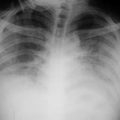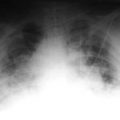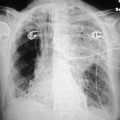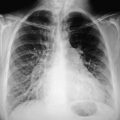INTRODUCTION
Patients in the ICU are the most critically ill patients in the hospital. They are usually supported by many different types of mechanical devices and generally have many monitoring lines, tubes, and catheters. Critical management of these patients can change from minute to minute. Physicians depend on the physical examination of their patients, which is often quite difficult, and the portable chest radiograph to help understand the patient’s problems. While CT and ultrasound can be of enormous help with these sick patients, the portable chest radiograph is the most helpful and most commonly used x-ray examination. The malposition of lines, tubes, and catheters and cardiopulmonary complications, such as atelectasis, pneumonia, failure, and effusions, are often initially detected on the portable film.
One of the more frightening experiences for a 1st-year resident is to be summoned to the ICU in the middle of the night as the result of a marked deterioration of a patient. A portable chest x-ray is generally obtained, which reveals a plethora of tubes, lines, and mechanical-assist devices as well as a multitude of cardiopulmonary problems manifested in many different guises. Compounding the problem is the fact that a portable film often does not have the technical quality of films obtained in the radiology department, and there is no radiologist available to help the resident make important lifedeciding decisions.
Stay updated, free articles. Join our Telegram channel

Full access? Get Clinical Tree








